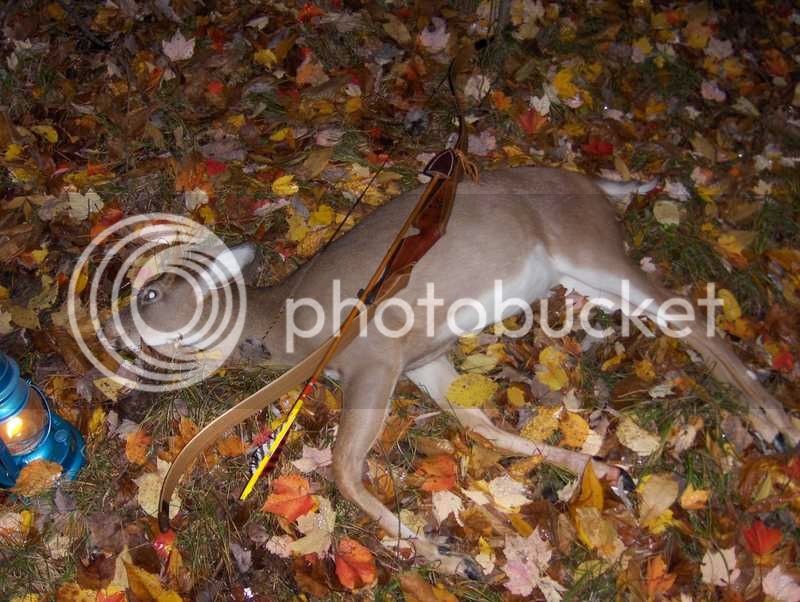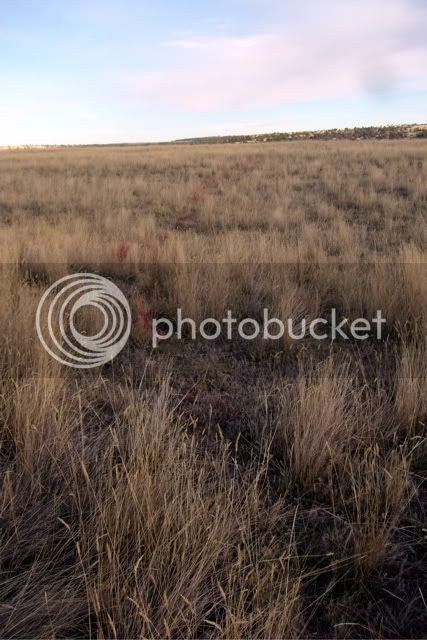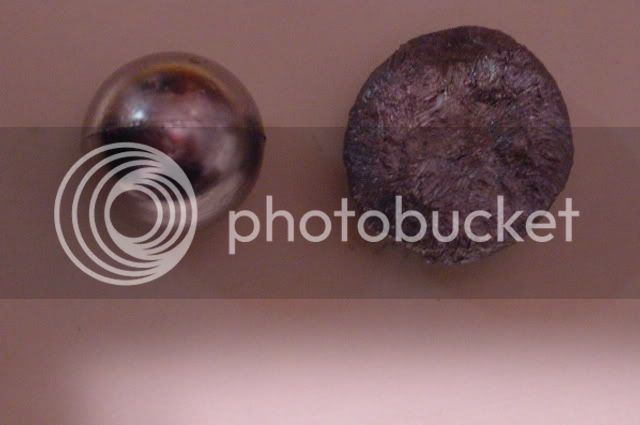J.R. said:
After a deer hunt acouple of us who only hunt with RB's got to talking and were wondering about casting balls with a little tin or other alloy added to control expansion. Just enough to get a pass through shot for better blood trails ect. Very often we are finding the RB's do not make it all the way through a deer. They usually expand very well but, get stopped just under the skin on the opposite side of the animal. A little harder projectile would punch through that last layer of skin and yeild far better blook trails for tracking.
My question is, would a RB that is say 5% tin be so hard that it would effect accuracy? I know that I have seen this question answered before but, I can not seem to find that information searching the forum. Any ideas or experiences here?
Other that a 45 driven by 45 gr of FFFG I have never had a RB from a rifle stay in a deer on broadside shots. Shots at other angles generally give 25-30" of penetration.
I shot a mule deer doe at the base of the neck just slightly off center of the windpipe passage at 45-50 yards with a 16 bore (.662 ball, 437 gr.) RB driven by 140 gr of FFG Swiss, 1740+- at the muzzle.
Ball cut off the top half of the heart and was lodged in the fat at the flank. About 29" of penetration. Blood trail was easy to follow starting at the impact point.
Entrance wound was low and the blood ran out freely draining from the torn arteries. Deer ran about 55 yards.
I mention this for those that are disappointed that deer don't fall down when hit. They seldom do. Had I aimed high enough to shock the spine she would have been incapacitated, probably..
So if I can't knock a deer down with this rifle, I have named it Masher, there is little chance with smaller bores.
Expansion was good. Not sure it was pure lead, junk yard stuff I sorted that seemed very soft.
I suspect had the range been 100 the ball might have exited due to reduced expansion.
If you are having blood trail problems you may be hitting the deer a little too high. Hits in the lower chest tend to leak more. But the hide can slide over the holes etc etc.
Harder balls will increase penetration. But as stated pure lead always did OK for me. 50 cal ball will shoot though a mule deer's chest cavity at a diagonal including the shoulder muscles on one side lodging under the hide. This from a 6" barreled pistol with 45 gr of powder. Very little deformation
54 pistol with 70 gr shattering the humerous into numerous pieces, getting the heart and lodgeing at the off side. Ball well expanded. But rifle's almost always go through on broadside shots.
What did I learn from the deer?? If I shoot a G bear with it I will harden the balls. Maybe wheel weights. Maybe 1:20 tin:lead.
Rifle has very narrow lands, .008" grooves and loads hardened balls easily though they do need a starter.
If you have a barrel with wide lands it may be hard to start and could damage the patch if the crown is a little abrupt.
Dan








